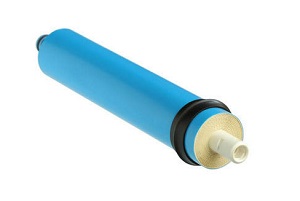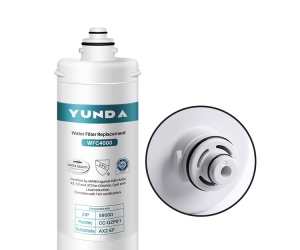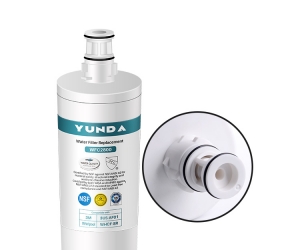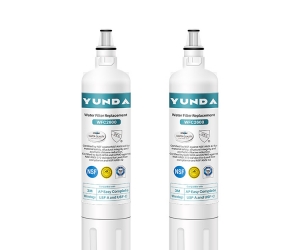Reverse osmosis, commonly called RO, is the process of demineralizing water by flowing through a semi-permeable membrane under pressure.
If we think that pure water is to be produced from salt water, a "force" (pressure) must be applied in the salt water-containing column to force the water to flow in reverse so that water molecules flow through the semi-permeable membrane to the fresh water chamber.
Reverse osmosis can remove dissolved salts (ions), particles, colloids, organic matter, bacteria and pyrogens from water.
Reverse osmosis membranes repel pollutants based on their size and charge. Any contaminant with a molecular weight greater than 180 Da is most likely to be rejected by the normal operation of the reverse osmosis system.
In addition, the greater the ionic charge of the pollutant, the less likely it is to pass through the reverse osmosis membrane.
Reverse osmosis membranes will not remove gases such as CO2 or O2. These gases are not highly ionized (charged) when in solution, and have a very low molecular weight.
Water is electrically neutral, which means that when expressed in equivalents, the sum of cations is equal to the sum of anions. This also happens with RO permeate, and for each cation that passes through the membrane, the anion must also pass.The permeate is always electrically neutral and will maintain a charge balance.
Reverse osmosis applications
Reverse osmosis is very effective in treating brackish water (surface and ground), tap water and seawater, regardless of size.
Some application examples:
Municipal drinking water
Food and beverage industry
Agricultural irrigation
Industrial ultrapure water
Industrial process water
Wastewater reuse
Power industry (boiler feed water, cooling tower)
Municipal / industrial water reuse
Home use





